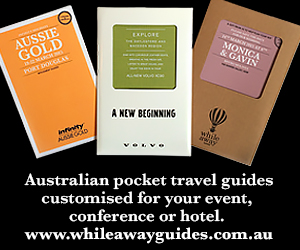“Why choose our meetings facilities?” says Gregory Preslier reflectively. “Without sounding selfish, look at the destination. Bangkok gets 37 million visitors a year, but in a way it’s the best-hidden secret in the world.”
The urbane, immaculately attired Area Director of Sales and Marketing for the InterContinental Hotels Group in Thailand is chatting over coffee in the vaulted lobby of the five-star Intercontinental Hotel, Bangkok. 
Events organisers at the 381-room hotel have 22 meeting rooms, all on the same level, to choose from, Gregory observes. Yet the bustling urban precinct in which it sits is probably just an important consideration as venue flexibility and price.
It’s no cliché, he adds. Bangkok is a dynamic mega-city with wonderful attributes, for Gregory a mix between Casablanca and London, and it has two tiers. One involves the Thai culture which is manifest in the restaurant scene and food variety and quality. The other relates to what you can do for fun.
“The tourist places, shrines and cultural areas convention people can visit in Bangkok are extraordinary. There’s so much to do. The hotel is fantastic, sure, but you don’t need to stay in it all the time. You can’t be a hypocrite and deny what’s around here. Clients [we talk to] like this aspect because we’re not selling anything. We’re introducing a product but at the same time there’s so much more the destination itself can give.”
Located adjacent to a big Holiday Inn, the InterContinental Bangkok itself has one of the largest hotel banqueting, meeting and convention facilities in the city. Its main ballroom takes 800, theatre-style, and caters for many weddings – especially at weekends – of up to 1,200 guests. “You can come here for a conference, exhibition, seminar, product launch or fashion show and do everything on the same floor,” says Gregory. “They’re purpose-built facilities so we’re never improvising; I have fifteen people in my events team alone.”
Moreover it’s easy to get to. The two good airports have great connections. In addition investors from round the world – and Asia especially – are investing in Thailand and Bangkok, whose infrastructure grows all the time. “There are a lot of positives here and people like going to positive places,” says Gregory. “Wherever you are as an events planner in your industry, things are happening here. Medical, association, sport, education, welfare and so on; there’s really a mix of everything.”
 Importantly, it also represents good value. A hotel in New York comparable to InterContinental Bangkok would cost three times as much, Gregory says, so the tagline “affordable luxury” here means what it says. “For a hundred and sixty US dollars you can get outstanding bed and breakfast at the Intercontinental Bangkok. I hear sometimes from clients that we’re expensive when they’re talking in baht, and sometimes hear ‘five thousand baht, that’s a lot of money!’ It is, to some people, don’t get me wrong, but for many typical international congress or conference organisers, I’d like to see them do an event for that price somewhere else in the world in a hotel of this calibre.”
Importantly, it also represents good value. A hotel in New York comparable to InterContinental Bangkok would cost three times as much, Gregory says, so the tagline “affordable luxury” here means what it says. “For a hundred and sixty US dollars you can get outstanding bed and breakfast at the Intercontinental Bangkok. I hear sometimes from clients that we’re expensive when they’re talking in baht, and sometimes hear ‘five thousand baht, that’s a lot of money!’ It is, to some people, don’t get me wrong, but for many typical international congress or conference organisers, I’d like to see them do an event for that price somewhere else in the world in a hotel of this calibre.”
The staff, 99 per cent of whom are Thai, are continually trained and participate, too, in a variety of charitable and team-building work on an ongoing basis that helps them connect, also, with guests. “Our people go directly to hospitals and schools to help out; it’s not just about giving, it’s about connecting, caring about something other than yourself.”
Gregory, 43, born in England and brought up in Lagos, Nigeria, speaks from considerable experience. He’s worked in London, Morocco, Dubai, France, (his father’s French and his mother English), and Monte Carlo. He was involved in the opening of Le Grand in Paris, a beautiful 500-room hotel on the Opera square, and the Atlantis, Dubai, which has 1,500 bedrooms, and One&Only Resorts.
 Few of the properties he’s worked in have matched the InterContinental Bangkok for position. With a BTS station, Chit Lom, on its doorstep, the hotel offers easy access to the city’s major business precincts along with shopping destinations and dining, in addition to the hotel’s plethora of eateries. These include Theo Mio, an Italian restaurant with open-to-view kitchen on site named after famed London chef Theo Randall, who was on hand to meet staff, clients and media when The Siteseer visited recently.
Few of the properties he’s worked in have matched the InterContinental Bangkok for position. With a BTS station, Chit Lom, on its doorstep, the hotel offers easy access to the city’s major business precincts along with shopping destinations and dining, in addition to the hotel’s plethora of eateries. These include Theo Mio, an Italian restaurant with open-to-view kitchen on site named after famed London chef Theo Randall, who was on hand to meet staff, clients and media when The Siteseer visited recently.
IHG has recently also opened in front of the complex a new beer house and brasserie, Beer Republic.
Offering seventy beers, twenty of them local, alongside delicious Thai and European bar food, it’s due to open mid-December as an independent, chilling-out venue, accessible from outside the hotel.
What’s the best time to organise a conference at the InterContinental? It’s pretty busy all year round, says Gregory, but some times may best be avoided, like Chinese new year and other occasions when there are lots of leisure guests. Otherwise January-February, just before Chinese new year, are good, then April to June. “Because we’re so close to China, Singapore and Hong Kong, our market and calendar of availability is not just about Thailand, it’s about the region. For example when Australia Or India have holidays it impacts Thailand as a destination.”
Meanwhile the IHG group is expanding. It has 24 hotels in Thailand including IHG brand, Holiday Inn, Holiday Inn Express and Indigo properties.
Online rates start at around US160 a night. More info at http://bangkok.intercontinental.com/
Siteseer says: I loved the airy feel of the hotel and its meetings room. Especially liked the muted-ochre colours of the guest rooms and the fantastically comfortable bed, which has a choice of sink-into-and-sleep pillows. The sounds of the busy city are well muffled by the windows.
The pool on the thirty-seventh floor is of generous size considering how far it is above street level, with a pint-size bar and good bar menu. Other minor much-appreciated attributes include plenty of drinking water in the room.

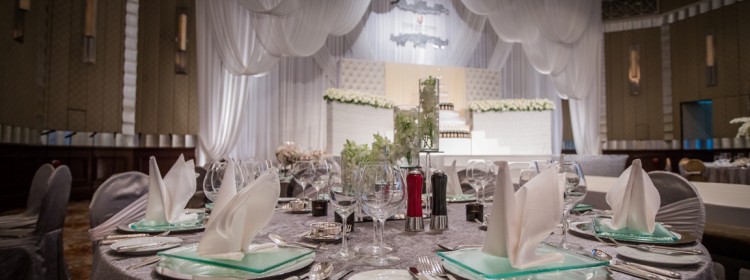


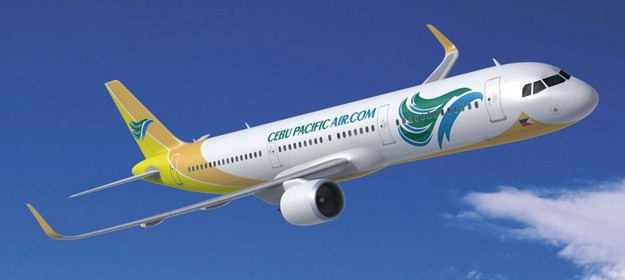



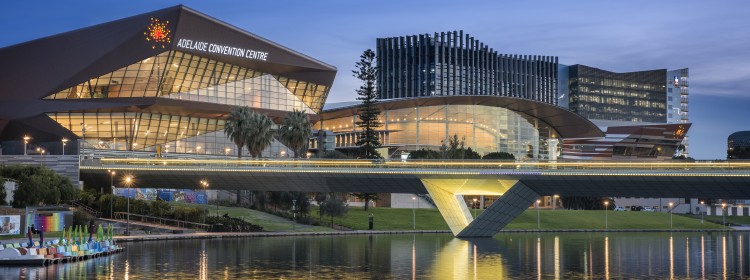




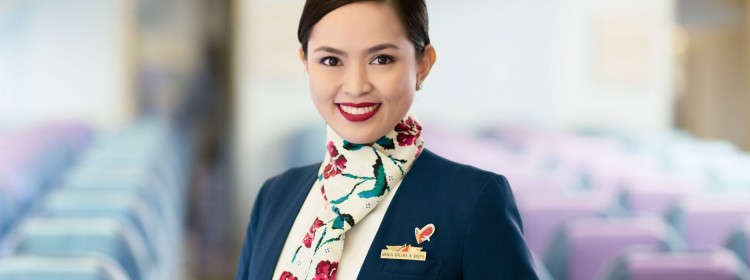





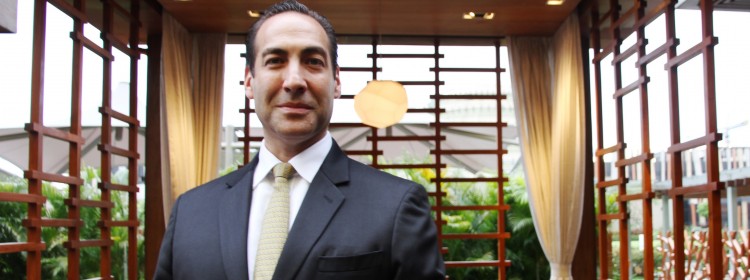

 We have the F&B, the entertainment and DreamPlay [pictured left and below, a family play space with attractions also suited to teambuilding activities] which is a first in the world. Couple that with the service we provide. In my opinion, and of course I’m biased, it’s a no-brainer. Why not come here?
We have the F&B, the entertainment and DreamPlay [pictured left and below, a family play space with attractions also suited to teambuilding activities] which is a first in the world. Couple that with the service we provide. In my opinion, and of course I’m biased, it’s a no-brainer. Why not come here?
 I’m proud of my luxury hotel experience which covers the gamut of line staff positions – security, night manager, housekeeping, guest services. We’re all professionals. A house keeper is not a maid; he or she is someone who provides a professional service.
I’m proud of my luxury hotel experience which covers the gamut of line staff positions – security, night manager, housekeeping, guest services. We’re all professionals. A house keeper is not a maid; he or she is someone who provides a professional service.
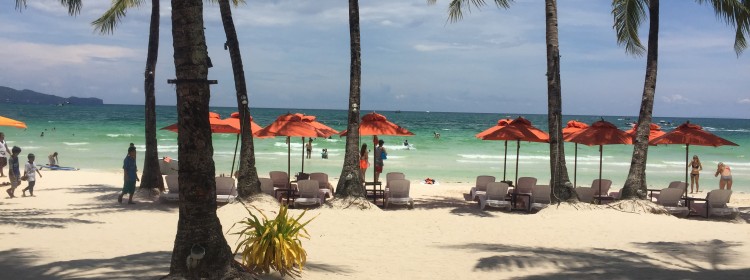

 There’s a serene lap pool as well as a spa and fitness centre, and two restaurants serve as well-priced alternatives to the plethora of other outlets that front onto White Beach.
There’s a serene lap pool as well as a spa and fitness centre, and two restaurants serve as well-priced alternatives to the plethora of other outlets that front onto White Beach.
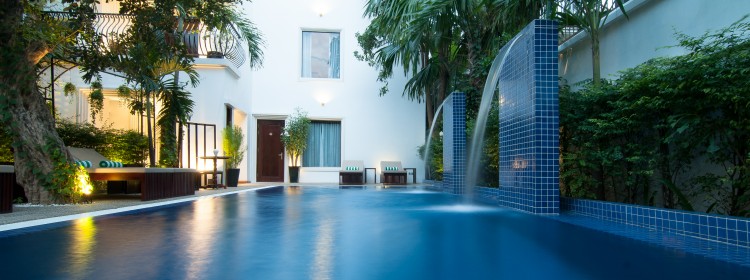
 “It’s not your fault,” I replied. “I’m the one who gave you the wrong dates in the first place; I should be apologising.”
“It’s not your fault,” I replied. “I’m the one who gave you the wrong dates in the first place; I should be apologising.” A dedicated meeting room can seat up to 20, and the two restaurants convert to versatile meeting spaces for 40 to 50 people, says a hotel spokesman. Moreover, as part of the deal, guests receive a free one-hour traditional Khmer massage and free access to the room minibar every day during their stay.
A dedicated meeting room can seat up to 20, and the two restaurants convert to versatile meeting spaces for 40 to 50 people, says a hotel spokesman. Moreover, as part of the deal, guests receive a free one-hour traditional Khmer massage and free access to the room minibar every day during their stay. During the serving of a multiple-course Khmer meal in the Suites’ main restaurant, for example, while a staff member performed a traditional Cambodian dance on a small stage, the food kept on coming. A piquant salad of chicken, mint, shaved vegetables and lime juice. Battered fish in coconut milk. Fragrant curries. Noodles and chilli.
During the serving of a multiple-course Khmer meal in the Suites’ main restaurant, for example, while a staff member performed a traditional Cambodian dance on a small stage, the food kept on coming. A piquant salad of chicken, mint, shaved vegetables and lime juice. Battered fish in coconut milk. Fragrant curries. Noodles and chilli.

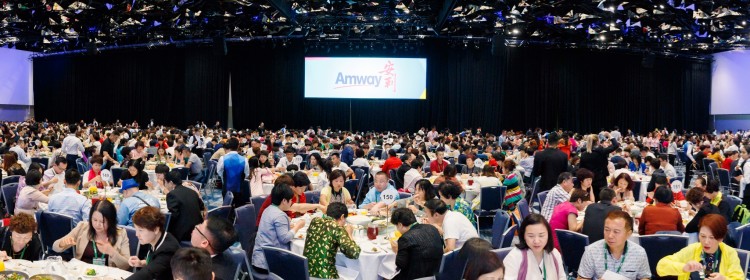
 They tackled it by planning carefuly, working closely with Amway China’s people to ensure no issue was left unresolved that might potentially cause problems when guests were on site.
They tackled it by planning carefuly, working closely with Amway China’s people to ensure no issue was left unresolved that might potentially cause problems when guests were on site. Associate Director of AV and Events Production of Amway China Bert Li was happy. “Every event comes with its own opportunities and complexities,” he says, “and every detail here was anticipated and delivered to a five-star standard.”
Associate Director of AV and Events Production of Amway China Bert Li was happy. “Every event comes with its own opportunities and complexities,” he says, “and every detail here was anticipated and delivered to a five-star standard.”
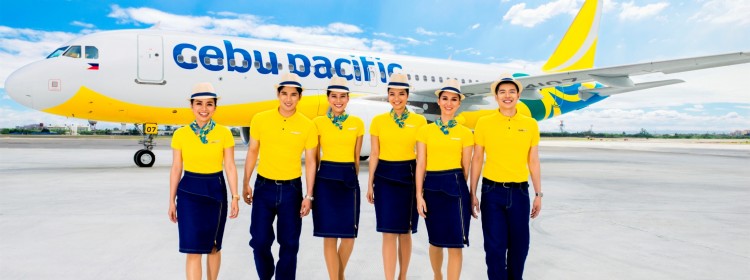
 “Any PCO or event manager organising an event in the islands, whether it’s a familiarisation trip, conference or incentive should contact our corporate booking office to discuss their requirements in more detail,” says Atty JR Mantaring (pictured, left), Cebu Pacific’s Vice President for Corporate Affairs.
“Any PCO or event manager organising an event in the islands, whether it’s a familiarisation trip, conference or incentive should contact our corporate booking office to discuss their requirements in more detail,” says Atty JR Mantaring (pictured, left), Cebu Pacific’s Vice President for Corporate Affairs.
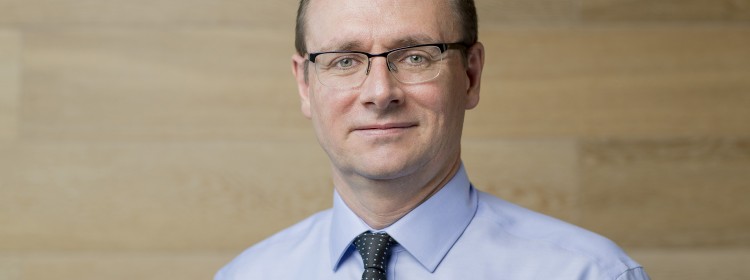

 From an events perspective we’ve used social media for delegates to share their experiences of our events such as the Australian Tourism Exchange, for the leisure sector, and Dreamtime, for the business events sector, while also using it to share our news announcements from these events with delegates and a wider audience. LinkedIn, too, has been a great tool for business event [organisers] to share insights and information with stakeholders. The key thing we’ve learned is really about making the content relevant to the audience, and inspiring.
From an events perspective we’ve used social media for delegates to share their experiences of our events such as the Australian Tourism Exchange, for the leisure sector, and Dreamtime, for the business events sector, while also using it to share our news announcements from these events with delegates and a wider audience. LinkedIn, too, has been a great tool for business event [organisers] to share insights and information with stakeholders. The key thing we’ve learned is really about making the content relevant to the audience, and inspiring.